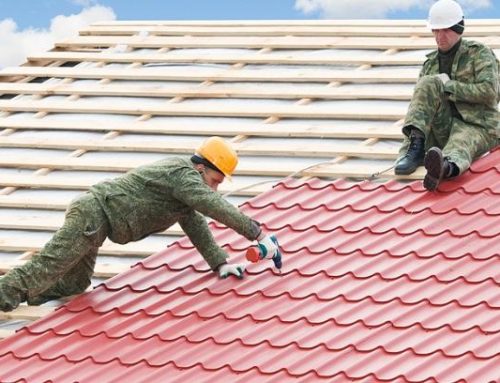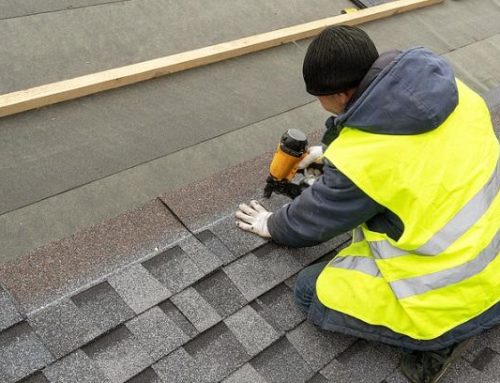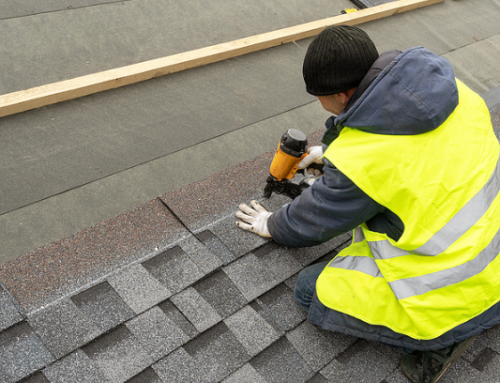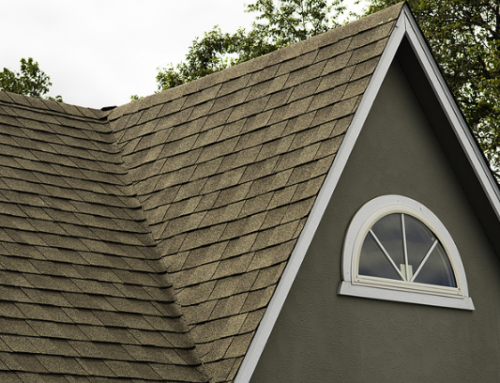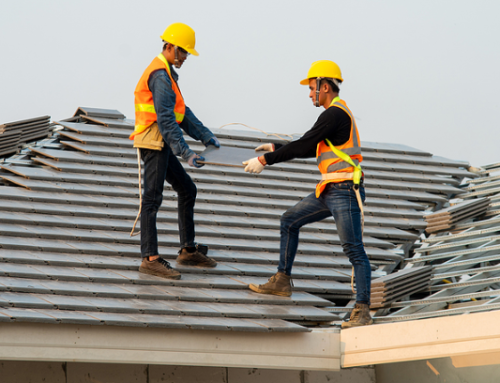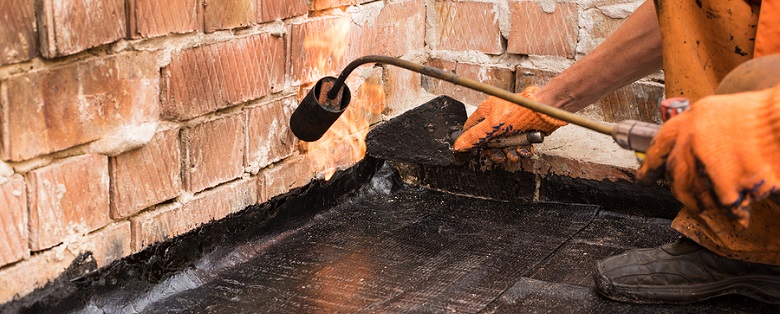
Commercial roofing is very different from residential roofing since much of it involves protecting buildings with flat tops. If your building has a flat roof, you need a system that will be watertight, thermally efficient, and long-lasting in all kinds of weather. Today there are three main options for you to have installed by flat roofing services, each with various advantages and disadvantages. Discuss the options with your contractor to determine which one is best for your building.
Built Up or BUR System
BUR roofing is a commercial system that is done by applying multiple layers of roof tar and asphalt gravel to create a watertight layer over the top of the building. This system has been in use for more than 100 years and is one of the simplest and lowest cost methods still in use today.
In addition to ease of installation and relatively low cost, BUR commercial roofing offers a few other advantages that have made it so popular over the years. BUR is very durable in most climates and provides a thick, protective layer that is not easily damaged.
Yet BUR does have a few significant disadvantages, including the fact that it is very messy to install and has reduced flexibility in cold weather. This can lead to cracks that progress to damaging leaks. Additionally, BUR is not very environmentally friendly as it is made from toxic materials and has low thermal efficiency, leading to higher utility bills.
Modified Bitumen System
Modified bitumen commercial roofing is an improvement on the BUR system. This system uses multiple layers of thick fabric made from fiberglass, polyester, and asphalt gravel that are adhered to the top of the building to form a waterproof barrier. When correctly installed by flat roofing services who are experienced with this material, modified bitumen offers the same advantages of BUR, plus a few more.
It is flexible in all temperatures and highly crack and impact resistant. Modified bitumen is also easier and cleaner to install than BUR in most cases.
The main drawbacks with modified bitumen are the need for some type of heat appliance to install it and, like BUR, the lack of thermal efficiency. To avoid fires that could be caused by using torches to seam this material, many flat roofing services now use cold installation techniques or hot air welding machines. Thermal efficiency can be easily improved by applying UV reflective coatings.
Membrane Systems
Single-ply membrane roofing systems are newer systems that are rolled onto the top of the building and then fastened down in a variety of ways. They are available in either EPDM rubber or plastic polymer. These systems offer many benefits over BUR and modified bitumen systems as they are very clean to install and provide a consistent, durable, and lighter weight barrier over your building.
Membrane systems form tight and flexible layers over any flat roof. There are also some options, like white TPO, that offer highest levels of energy efficiency available in commercial products.
Disadvantages with single-ply membrane systems are they can be punctured or torn, making repair necessary. In addition, they can be more costly than other options; however, this is usually offset by lower utility costs and higher durability.
Commercial roofing has come a long way in recent years, with many new products available to handle a wide variety of roofing challenges. While BUR is still in use today, modified bitumen and membrane systems have become more popular due to the many advantages they offer. If it is time to consider a new roof for your commercial building, work with experienced flat roofing services who can assist you in making the right installation choice!
